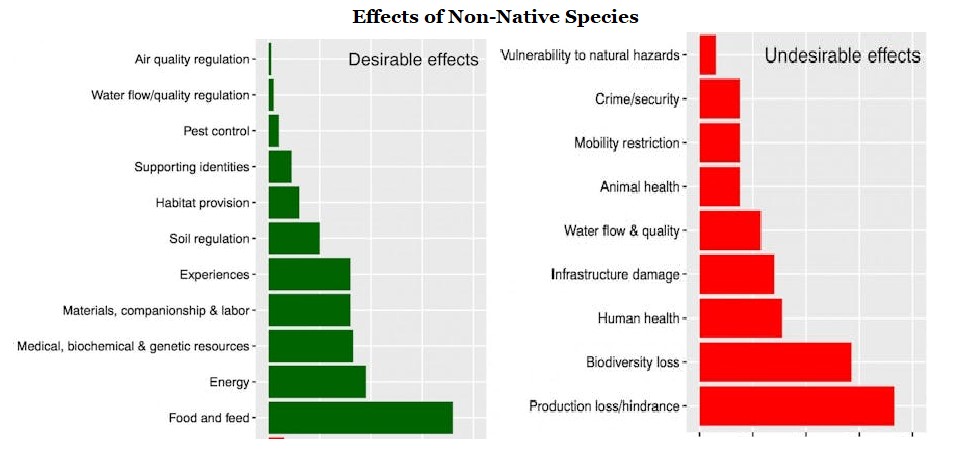7667766266
enquiry@shankarias.in
Herbicide treatments designed to cull invasive plants have affected butterfly populations by unintentionally killing off native plants.
To know more about Invasive species and their negative impacts click here.
